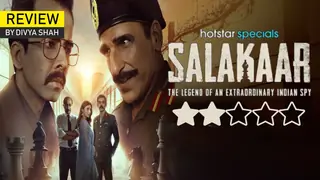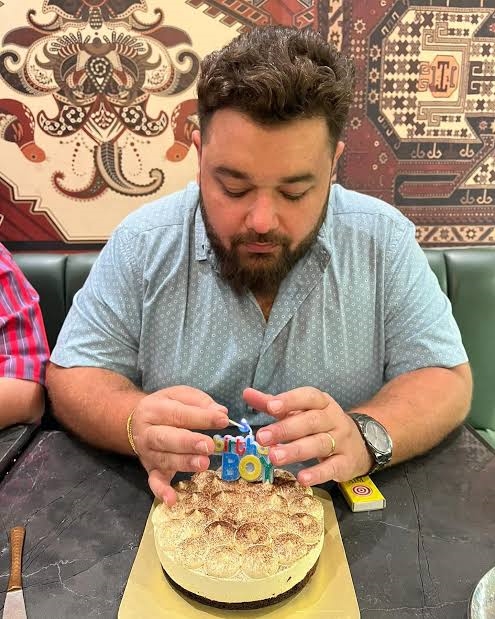


On the day of Dussehra / Vijay dashmi, Ram, killed the great demon Ravan, who had abducted Ram's wife Sita to his kingdom of Lanka . Rama, who was a devout believer of Durga, the Goddess of War, prayed to her for the first nine days of battle and killed the evil Ravana on the 10th day along, with his brother Lakshman follower Hanuman, and an army of monkeys fought a great battle to rescue his lovely wife Sita. He shot Ravana with a bow that pierced his navel. Out flowed the nectar of immortality that was stored in a pot in his navel, thus destroying his invincibility. Sita had been returned to her husband Ram and they now make their way to Ayodhya in triumph and glory. Thus, it is on the Diwali day that Lord Ram, the incarnation of Lord Vishnu in the Treta Yug, returned to his capital Ayodhya after the exile of fourteen Years.
 Consequently, to commemorate the return of Ram, Sita and Lakshman to Ayodhya, people celebrate Diwali with the bursting of crackers and by lighting up their houses with earthen diyas. This grand style of celebration have continued, year after year. To this day, the whole of Ramayana is enacted in dramas staged in huge pandals and maidans, in cities, towns and villages, on the occasion of Dussehra and Diwali.
Consequently, to commemorate the return of Ram, Sita and Lakshman to Ayodhya, people celebrate Diwali with the bursting of crackers and by lighting up their houses with earthen diyas. This grand style of celebration have continued, year after year. To this day, the whole of Ramayana is enacted in dramas staged in huge pandals and maidans, in cities, towns and villages, on the occasion of Dussehra and Diwali. Rama also slew Ravana's brother Kumbhkarna (more famous for maintaining a lifestyle worthy of a record in the Guinness Book ' he hibernated for six months at a stretch each year!). Lakshmana killed Ravana's son, Meghnath. And Dussehra is the festival that commemorates this triumph of Good over Evil. To this day Rama Lila (the enactment of the Ramayana, or literally the saga of Rama) is staged in towns and villages across the length and breadth of the country.
 Another legend that is linked to Dussehra is that of the Goddess Durga slaying the buffalo-demon, Mahishasura. According to popular mythology, the gods were compelled to grant Mahishasura indomitable powers for his unparalleled meditation. As expected, the omnipotent buffalo-demon Mahishasura raised hell at the gates of heaven, astounding the gods with his mammoth dominion. The infuriated gods then created Durga. It is believed that Durga was actualised by the combined effort of all deities. Durga possesses a weapon of each god and is said to be more powerful than all of them put together.
Another legend that is linked to Dussehra is that of the Goddess Durga slaying the buffalo-demon, Mahishasura. According to popular mythology, the gods were compelled to grant Mahishasura indomitable powers for his unparalleled meditation. As expected, the omnipotent buffalo-demon Mahishasura raised hell at the gates of heaven, astounding the gods with his mammoth dominion. The infuriated gods then created Durga. It is believed that Durga was actualised by the combined effort of all deities. Durga possesses a weapon of each god and is said to be more powerful than all of them put together.In ancient times kings used the feast of Dussehra to cross the frontier and fight against their neighbouring kingdoms. This border crossing is known as "seema ollanghan". Dussehra marked the beginning of the war season. This was also the day to worship the weapons. According to legend, Pandav went to dwell in the forest. On the way he hid his weapons in the hole of a "shami" tree. After one year he returned from the forest and on Dussehra day he took again his weapons and worshipped the shami tree and the weapons. Hence the custom of worshipping weapons on this feast started.
 The highlight of Dussehra is Ram Lila. It is enacted for 10 days to mark the 10-day battle fought between Rama and Ravana. Ram Lila is generally held in large open grounds that come alive with brightly-lit stalls, rickety giant wheels that might fall apart any minute but never do, merry-go-rounds, brightly-painted manually run mini giant wheels with bucket seats for children. All this is very reminiscent of a country fair.
The highlight of Dussehra is Ram Lila. It is enacted for 10 days to mark the 10-day battle fought between Rama and Ravana. Ram Lila is generally held in large open grounds that come alive with brightly-lit stalls, rickety giant wheels that might fall apart any minute but never do, merry-go-rounds, brightly-painted manually run mini giant wheels with bucket seats for children. All this is very reminiscent of a country fair.Ram Lila is generally held in the evenings, and year after year, people flock in huge numbers to watch the saga unfold, yet once again. In ancient times when it was considered demeaning for women to go up on stage, men performed the female roles. This still happens in most parts of India. Needless to say, the most effeminate and 'beautiful' boy is handpicked to enact the role of Sita.
After the Ram Lila and the burning of the effigies of Ravana, Kumbhakarna and Meghnath (right down to their curly moustaches), the stars of the night ' Rama, Sita and Lakshmana are taken around in a huge chariot. Crowds of people shouting Jai Shri Ram (Victory to Rama) join the procession.
Dussehra marks the beginning of the pleasant winter season after the searing heat of summer. Dussehra is celebrated with pomp and pageantry reminiscent of medieval times. Almost every part of the country has its own specific way of celebrating the victory of good over evil.






































1